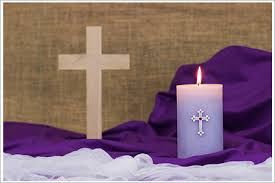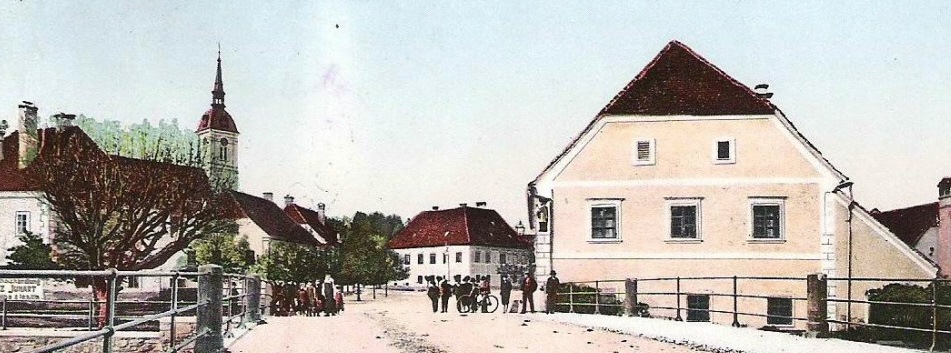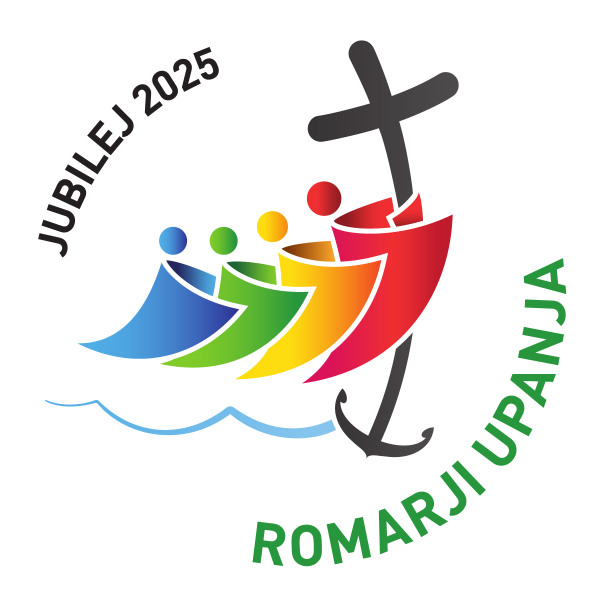Parish church of St. Bartholomew; Foto: Simona Kostanjšek Brglez

Interior of St. Bartholomew's church; photo: Andrea Furlan
At first a succursal church to the Slivnica parish, this church stood here no later than in the first half of the 13th century. The basic Romanesque building had an east or chancel bell tower and was remodelled and extended several times over the next centuries. The baroque era left the greatest impact. Extensive repair works started at the time of the parish priest Jožef Gašper Zamlik, who worked here between 1710 and 1750. By the 1722 a great presbytery was added on the west side of the nave, thus changing the church’s orientation. What followed was a reconstruction of the nave, making it extremely spacious with two rows of shallow chapels and galleries above them. The remodelled church with seven altars was consecrated in 1730.

Main altar of St. Bartholomew; photo: Andrea Furlan
In the following years a richly decorated chapel of St. Francis Xavier was added on the south side, its architect was (presumably) Joseph Hoffer (c. 1700-1762). In the baroque era the north late gothic Our Lady of the Rosary chapel received new vaults, which is now the only visible remaining part of the old church besides the remains of the gothic¬-renaissance fresco of St. Christopher on the south outer wall of the nave. The final appearance was achieved in 1904 when a newly build bell tower (at the end of the 19th century) gained a neo-renaissance façade designed by one of the main architects of late historicism in Styria – Hans Pascher (1858−1942). The inside of the church is richly ornamented; the presbytery and both chapels are decorated with baroque frescoes. On the vault and on the west wall of the presbytery the oldest frescoes are found, made in 1722 and 1723. The deaths of St. Jacob and St. Paul are depicted next to the patron saint and personifications of the four cardinal virtues. Former main altar with St. Bartholomew’s martyrdom in the centre is depicted on the wall, but is now covered by a later wooden altar. Filip Karl Laubmann (1703−1792), an established painter from Graz, signed the paintings in the chapel of St. Francis Xavier in 1738, depicting the life, missionary activity and the salvation of the Jesuit saint. At the same time Laubmann also did some painting work at the Dominican monastery in Studenice.

South side chapel of St. Francis Xavier; photo: Andrea Furlan
In the north chapel of Our Lady of the Rosary the youngest baroque fresco can be found. Frescoer Anton Jožef Lerchinger (c. 1720 – after 1787) painted the scenes with this subject in the 1760s.

Notrh side chapel of the Rosary; photo: Andrea Furlan
The church stands out because of its lavish baroque furnishings. From 1760s to 1780s they were mostly made by Jožef Holzinger (1735 – 1797), the first-rate sculptor of this era in Lower Styra. Among others, his works include the high altar of St. Bartholomew, the altars of St. Sebastian, St. John of Nepomuk and Our Lady of the Rosary, the tabernacle of the wall painted altarpiece of St. Francis Xavier and the pulpit. The most exquisite is the classicist high altar made in 1787 with the monumental painting of St. Bartholomew made in 1782 by an Austrian painter Martin Johann Schmidt (1718 – 1801), also known as Kremser-Schmidt. Worth mentioning is also the organ from 1715, made by a pipe organ maker from Graz Andreas Schwarz (†1734), that was augmented by his grandson Franz Xaver Schwarz (c. 1743 - 1810) in 1782.

Interior of St. Bartholomew's church; photo: Andrea Furlan
The parish church of St. Bartholomew, a martyr with its name day on the 24th of August, with its architecture, paintings and furnishings makes and excellent monument of the baroque era in Styria and is one of the most important sacral monuments in this area.
Simona Kostanjšek Brglez, ZRC SAZU (Research Center of the Slovenian Academy of Sciences and Arts), Umetnostnozgodovinski inštitut Franceta Steleta (France Stele Institute of Art History), 2019
This content was made for the project Umetnost za turizem. Umetnostnozgodovinske vsebine kot podlaga razvoju trajnostnega turizma Vzhodne Slovenije (Art for Tourism. Art Historical Themes as a Foundation for the Development of Sustainable Tourism of Eastern Slovenia) that is co-financed by the Ministry of Education, Science and Sport of the Republic of Slovenia and the European Regional Development Fund. This content was also made for the research program Slovenska umetnostna identiteta v evropskem okviru (P6-0061) (Slovenian Artistic Identity in European Context (P6-0061)), which is co-financed from the state budget by the Slovenian Research Agency of the Republic of Slovenia.
Lokacija:












